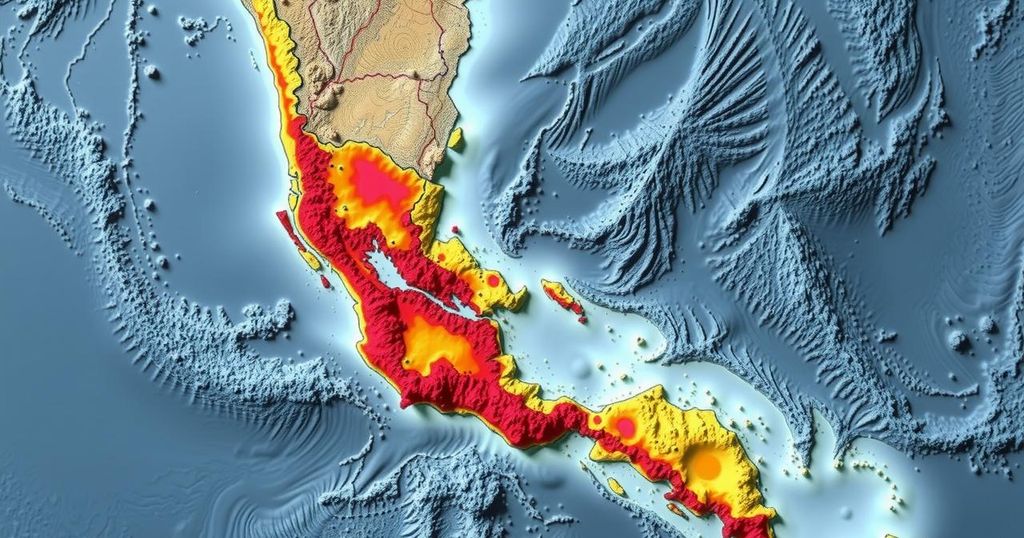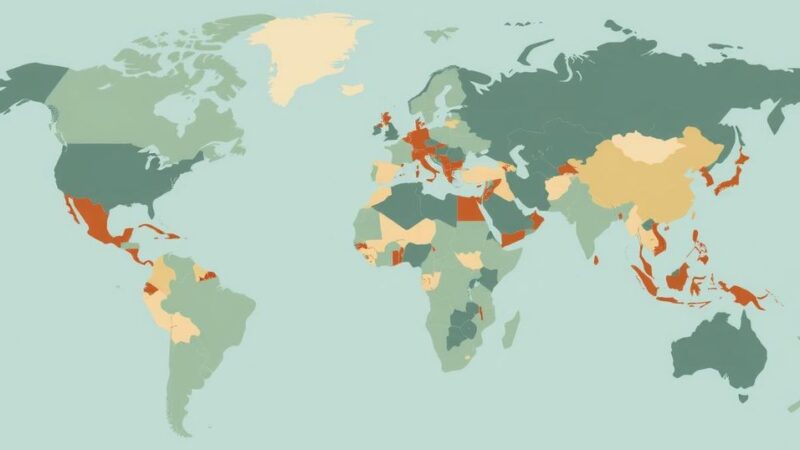On January 2, 2025, a M6.1 earthquake struck the Tarapaca-Antofagasta border region of Chile at a depth of approximately 99 km. The epicenter was 85 km NNW of Calama and 118 km ENE of Tocopilla. Around 169,000 people experienced moderate shaking, with a low likelihood of fatalities or significant damage reported. The region is largely equipped with structures resilient to such tremors, although some vulnerabilities exist.
A significant earthquake, recorded as M6.1 by the United States Geological Survey (USGS), impacted the Tarapaca-Antofagasta border region of Chile on January 2, 2025, at 20:43 UTC. The tremor struck at a depth of approximately 99 kilometers (61 miles), according to USGS data, while the European-Mediterranean Seismological Centre (EMSC) reports a slightly shallower depth of 91 kilometers (56 miles). The earthquake’s epicenter was situated around 85 kilometers (53 miles) north northwest of Calama, a city with a population of 143,084, and 118 kilometers (74 miles) east northeast of Tocopilla, which has a population of 24,460. Reports indicate that about 169,000 individuals experienced moderate shaking, while an estimated 442,000 felt light shaking. The USGS has issued a Green alert concerning the likelihood of shaking-related fatalities and economic losses, indicating a low probability of significant casualties or damage due to the event. Although the majority of structures in this area are designed to withstand seismic disturbances, there are some vulnerable buildings, particularly those constructed from adobe block and rubble or field stone masonry. Furthermore, previous earthquakes in this vicinity have resulted in secondary hazards like landslides, which may have exacerbated the situation.
Chile is situated on the Pacific Ring of Fire, an area known for its high seismic activity due to the interplay of tectonic plate movements. The Tarapaca and Antofagasta regions are particularly susceptible to earthquakes, as they frequently experience seismic events due to the convergence of the Nazca and South American plates. Understanding these geological factors is crucial in assessing the events that unfold, ensuring both preparedness and effective response strategies.
In summary, the M6.1 earthquake that hit the Tarapaca-Antofagasta border on January 2, 2025, has been assessed with a Green alert for its potential impact on fatalities and economic losses. With significant populations feeling the tremor, the region’s infrastructure demonstrates varying degrees of resilience against seismic activities. Continuous monitoring, preparedness, and attention to past seismic behaviors are necessary for mitigating future risks and ensuring public safety.
Original Source: watchers.news






